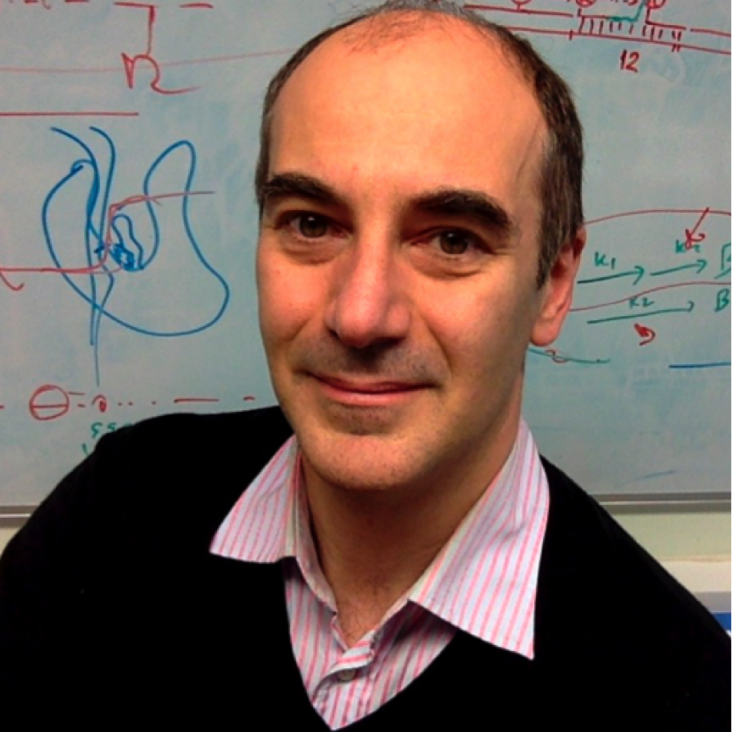Sample Preparation and Data Acquisition for μs-ALEX.
Cold Spring Harbor Protocols Cold Spring Harbor Laboratory 2015:11 (2015) 1029-1031
New technologies for DNA analysis – a review of the READNA Project
JournalName Elsevier 33:3 (2015) 311-330
Abstract:
The REvolutionary Approaches and Devices for Nucleic Acid analysis (READNA) project received funding from the European Commission for 4 1/2 years. The objectives of the project revolved around technological developments in nucleic acid analysis. The project partners have discovered, created and developed a huge body of insights into nucleic acid analysis, ranging from improvements and implementation of current technologies to the most promising sequencing technologies that constitute a 3rd and 4th generation of sequencing methods with nanopores and in situ sequencing, respectively.Taking the ruler to the jungle: single-molecule FRET for understanding biomolecular structure and dynamics in live cells
Current Opinion in Structural Biology Elsevier 34 (2015) 52-59
Assembly, translocation, and activation of XerCD-dif recombination by FtsK translocase analyzed in real-time by FRET and two-color tethered fluorophore motion
Proceedings of the National Academy of Sciences of the United States of America Proceedings of the National Academy of Sciences 112:37 (2015) e5133-e5141
Single in the (Cell) City: a protein-folding story
Nature Methods Springer Nature 12:8 (2015) 715-716


